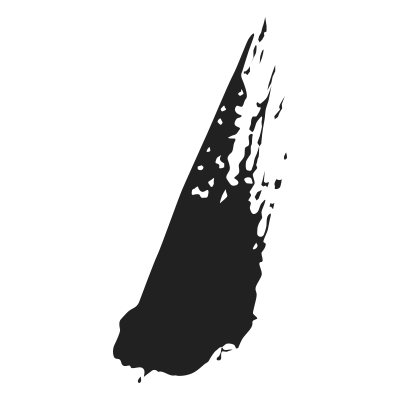Clothing studs and spikes are both fun and easy to use. They give items a unique style and edge. Clothing studs come in many sizes and have several attachment types.

Self-Perforating
Clothing studs with self-perforating backs are a common attachment type. Simply place the stud where you wish and push the rear spikes through all layers of fabric. Be cautious as the spikes work their way through. Some thicker material like leather requires a little extra force; you don’t want to stab a hole in your finger as the spikes come through.
Once the rear spikes are through all layers of fabric, bend all the spikes in, towards the middle. Try to bend the spikes as close to the base of the stud as possible for a tight seal.

Screw-On & Rivets
Studs with other attachment types such as screws or rivets first require holes punched in all layers of the fabric. With screw-backed studs or spikes, stick the screw through the small hole you created and initially thread the spike onto the screw from the front. If the spike is curved or angled, hold the spike in the direction you wish it to face. With a small screwdriver (flathead or Phillips depending on the specific backing) tighten the spike into place.
For the most effective installation of clothing rivets, use a rivet tool. There are many different kinds of rivet tools. Prices for rivet tools can range from $5 to $50. Be cautious when purchasing lower-end tools, they often underperform in both punching holes and creating a good pinched seal. Sets that are priced around the $15-$20 range are usually more reliable.
Let us see your studded-out gear with #upstrokeart.
